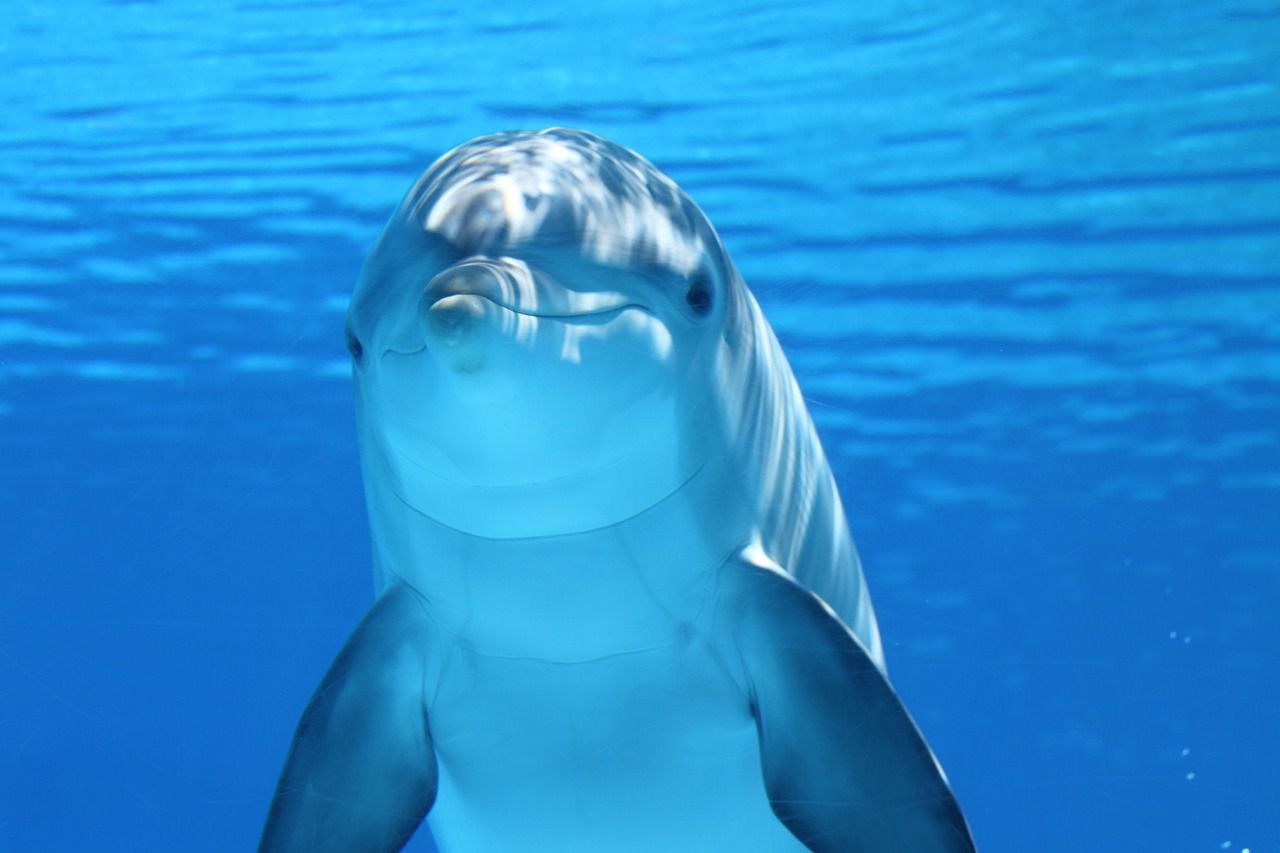As surprising as it sounds, some animals have accents, a new study claims.
The way animals communicate differs depending on where they are from.
Let's find out more.
Animals who use vocalizations have accents
Dialects are most commonly observed in animals that use vocalizations for communication, such as birds, whales, dolphins, and primates.
Dialects in animals can arise due to various factors, including geographic isolation, social learning, and cultural transmission.

When populations of animals are geographically separated, they may develop distinct vocalizations over time, resulting in regional dialects.
This is particularly evident in bird species, where different populations in different regions may have unique songs or calls.
It's about social learning
Young individuals learn vocalizations by imitating and mimicking the sounds produced by older members of their group or population.
This process can lead to the transmission of specific vocal patterns or accents within a group, resulting in the development of distinct dialects.
For example, certain populations of whales or dolphins are known to exhibit distinct vocal patterns or dialects specific to their social groups.
These dialects can be so pronounced that individuals from different groups may have difficulty communicating or understanding each other's vocalizations.
Additionally, some animals demonstrate cultural transmission of vocalizations, meaning that specific vocal patterns are passed down through generations within a group.









